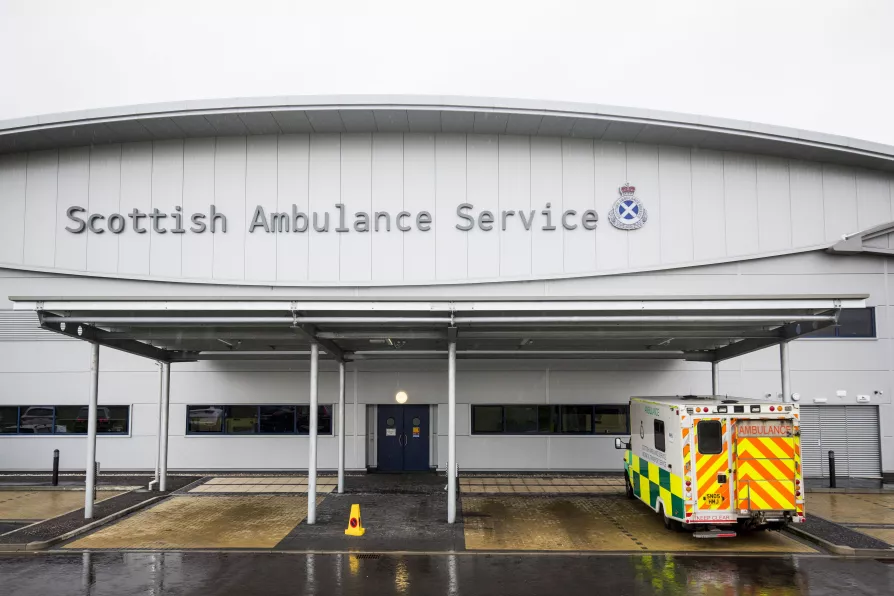ROGER McKENZIE looks at how US doublespeak on the ‘war on drugs’ is used to camouflage its intended grab for of Latin America’s natural resources
The SNP government is running Scotland's NHS into the ground
A focus on ‘service redesign' to solve issues in health and social care won’t address the core problems of understaffing and underfunding, warns STEPHEN LOW


LAST WEEK senior doctors in A&E departments in NHS Grampian went public about staff shortages which they claimed were causing unacceptable delays and avoidable deaths.
The Aberdeen- and Elgin-based doctors say their complaints of lack of senior staff have been ignored since 2021 and have now resorted to using the formal whistleblowing structure to try and get something done.
It’s a stark example of the pressures in NHS Scotland. Pressures the Scottish government shows little sign of being able to tackle.
Similar stories

RCN warns nurses are leaving the NHS due to shocking levels of racist abuse and understaffing













